
AdamInTx
-
Posts
7 -
Joined
-
Last visited
Content Type
Profiles
Forums
Articles
Gallery
Downloads
Events
Posts posted by AdamInTx
-
-
Hi Folks, I'm looking to make a smaller forge for some backyard smithing (forge will be stored in a metal garage-like building and only outside when being used) but I want to only use brick (combination of soft and hard, also there will be metal involved, I just mean the only refractory would be bricks). I made this choice as I assume it will last longer, and with less maintenance, than one made with wool and cast-able refractory. Realistically, with light to moderate "weekend warrior" type use, how long should the bricks in an all brick forge last (the ones I'm looking at are 3000-3200 rated, not the cheaper 2000 ones sold at the box stores)? I see in a lot of the K-Wool threads it seems like there is a bit more maintenance involved with the wool to the point where I've even seen it listed as a consumable. I'm not a professional, and have no intentions of becoming one but I do want to make the forge out of something that will last for hopefully a few years before I need to start replacing the "guts" of it.
Thanks,Adam
-
SReynolds, I actually did find some of the original gold paint on the gear cover (where it labels the gear numbers) after removing all the old grease. The outside of the blower was all rusty so none of the outside gold was left.
And matto, I didn't know they made a paint stick, I'll have to look for one in gold, that would be a lot easier than me trying to paint those letters with a brush.
-
Thanks for the info Kevin. Both were originally different shades of red so it looks like I'll take your suggestion of primer first and then the red paint.
-
Hello,
I'm in the process of restoring an old Western Chief blower and an un-named post vise. During the process I have found samples of the original paint colors for both items and would like to paint them those colors again. My question though has to do with primer. Should I get a stand-alone primer and then paint them the desired colors or can I use a paint with the primer built in. I saw at the store that rust-oleum has several that are advertised as having a primer built in and are meant for metal. Any suggestions?
-
Thanks guys! While the place of origin doesn't really matter in the grand scheme of things, it's always exciting to find out any bit of history I can on my older tools. Now here's a followup question. I don't own a copy of Anvils in America but if anybody reading does, does it make any mention of where in Germany (ie.. what forge) these German Trenton's are from?
-
I recently acquired this 147# Trenton anvil. At first I believed it was an American Trenton (CF&IC) but looking online and reading about the differences I think it might actually be an older German forged anvil made for TA&VC in New Jersey. I'll list my reasons for believing so below and hope that somebody more knowledgeable on here can help confirm or debunk my thoughts.
First is the writing on the face, it has TRENTON in the flat diamond, below that (and very hard to see, couldn't even get a good picture as most is now gone) is "SOLID WROUGHT" in a circle, and then below that between the feet is the weight "147". Most of the USA made ones also seem to have either USA, PATENT, or both stamped on it as well. Next the US made trentons usually have the weight and a serial number on the front foot. This anvil has neither. I've looked long and hard and there is no trace of any stamped letters or numbers on either of the feet anywhere. Third is the shape of the feet. On the front and back foot there are very pronounced flat spots which seem to be common on European anvils like the PW's but not on the American trentons which seem to just have sloped feet. Lastly, the bottom of the anvil is flat there is no depression what-so-ever on the base. No oval. No hourglass. Just a flat surface on the bottom.
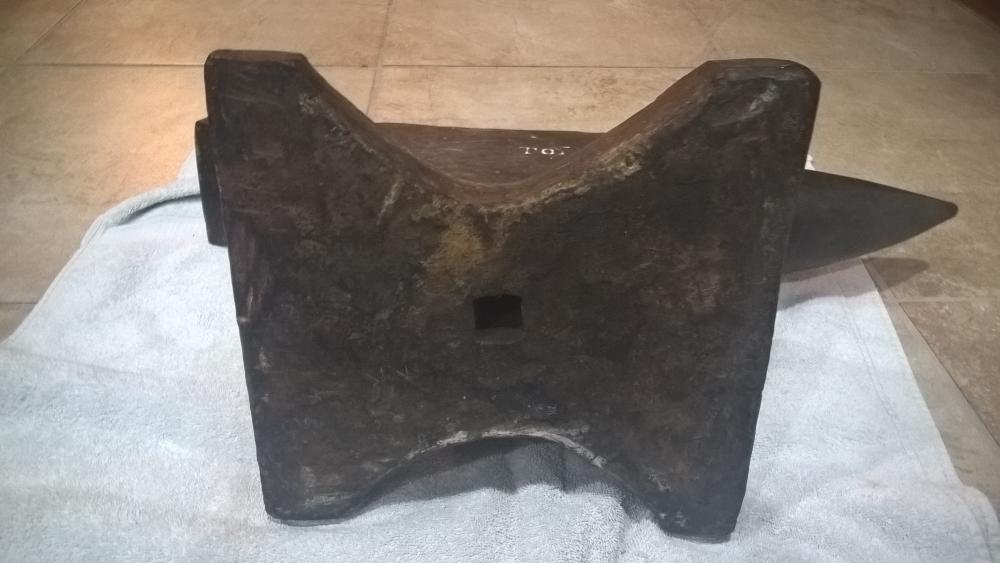
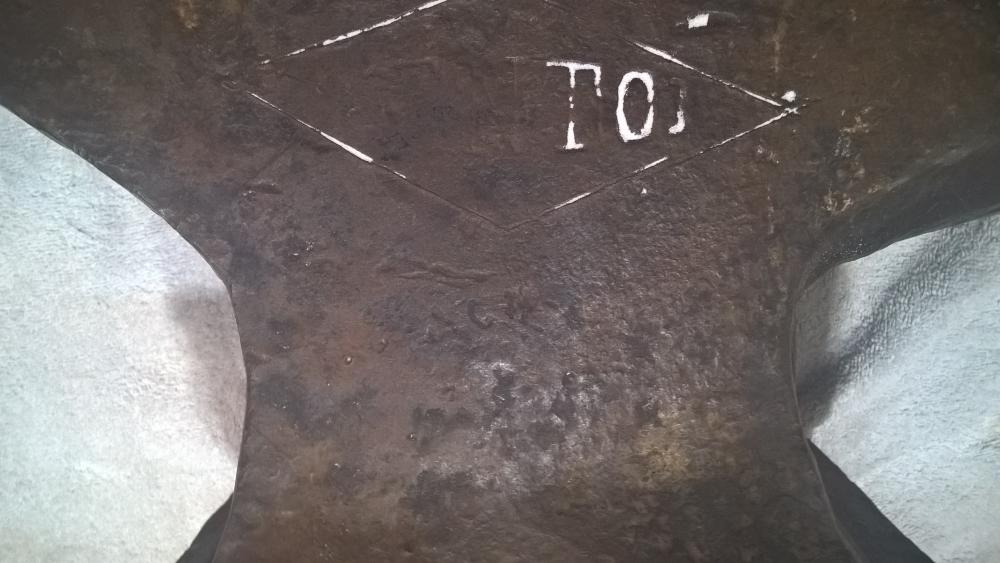
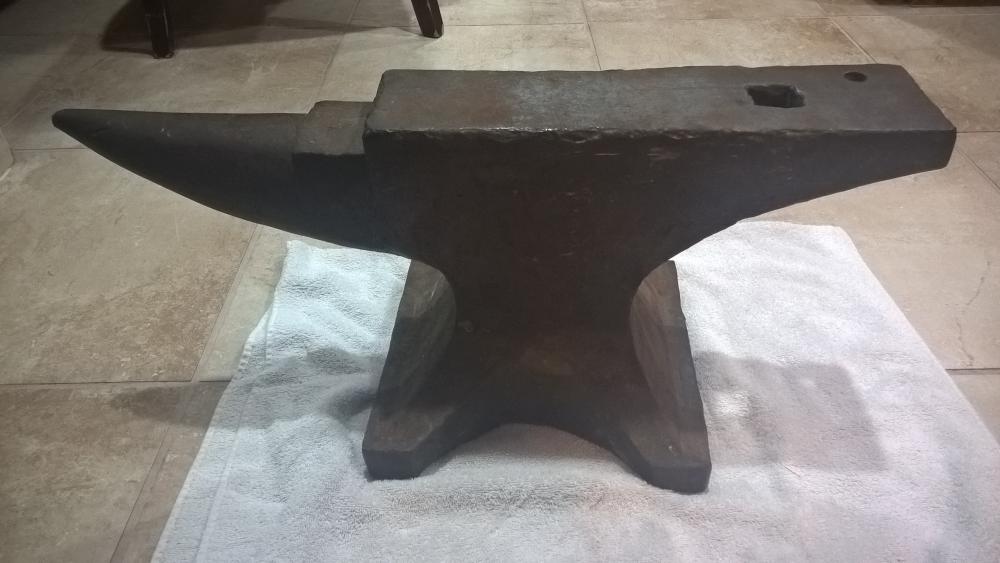
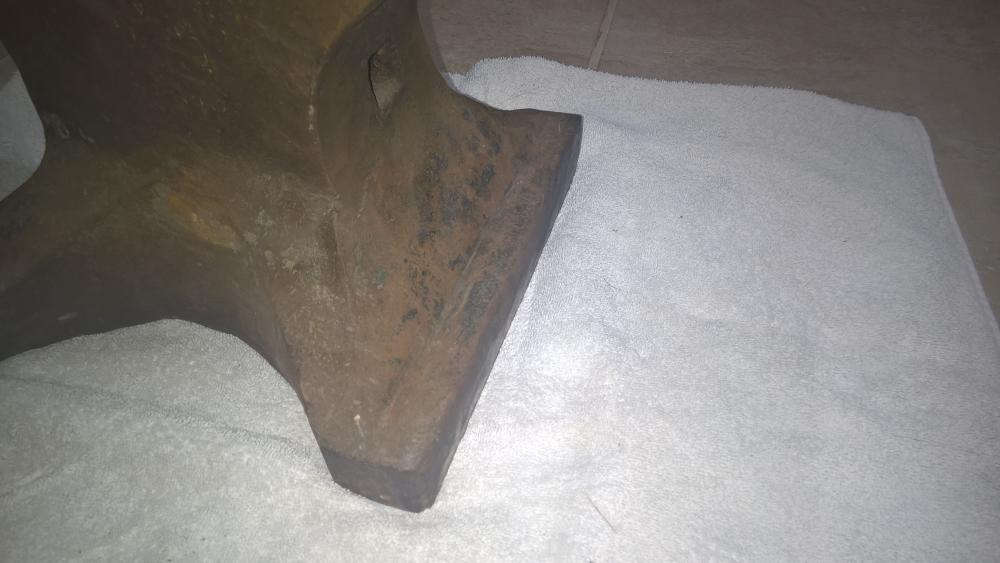
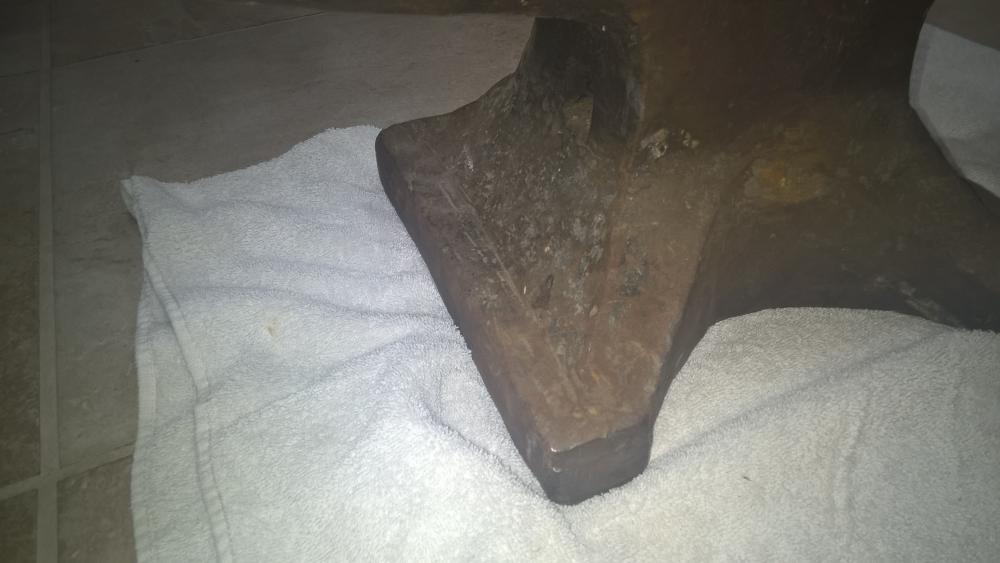
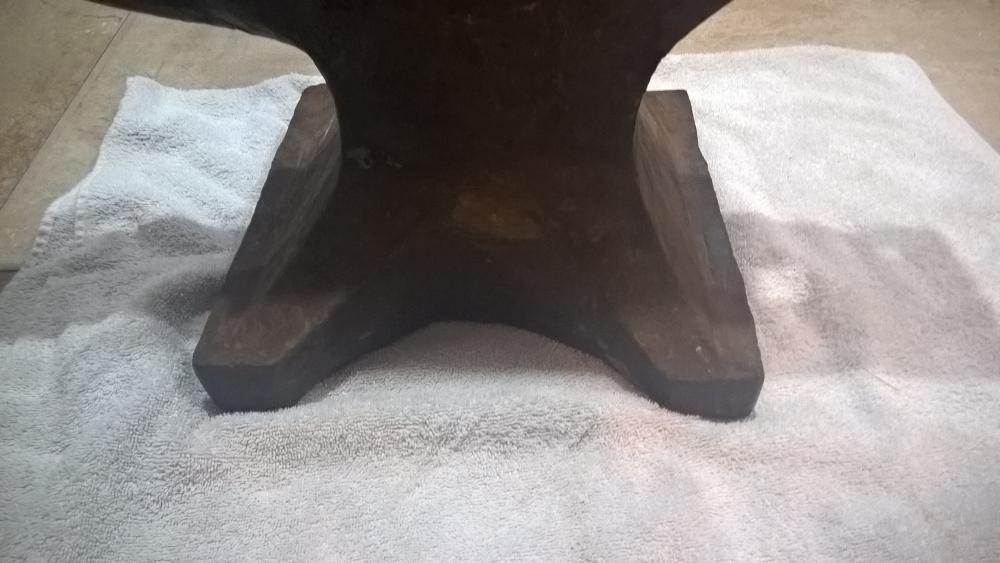
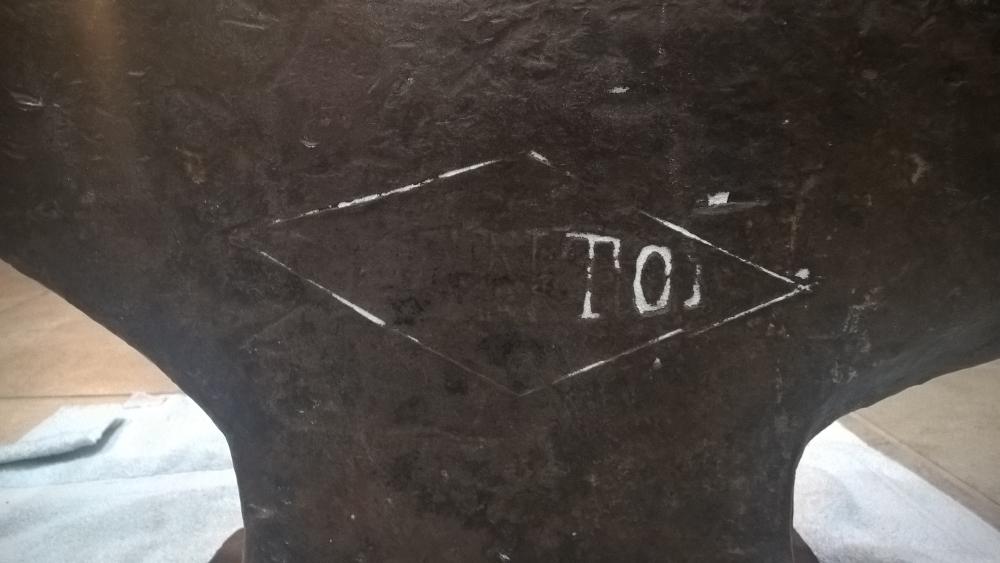
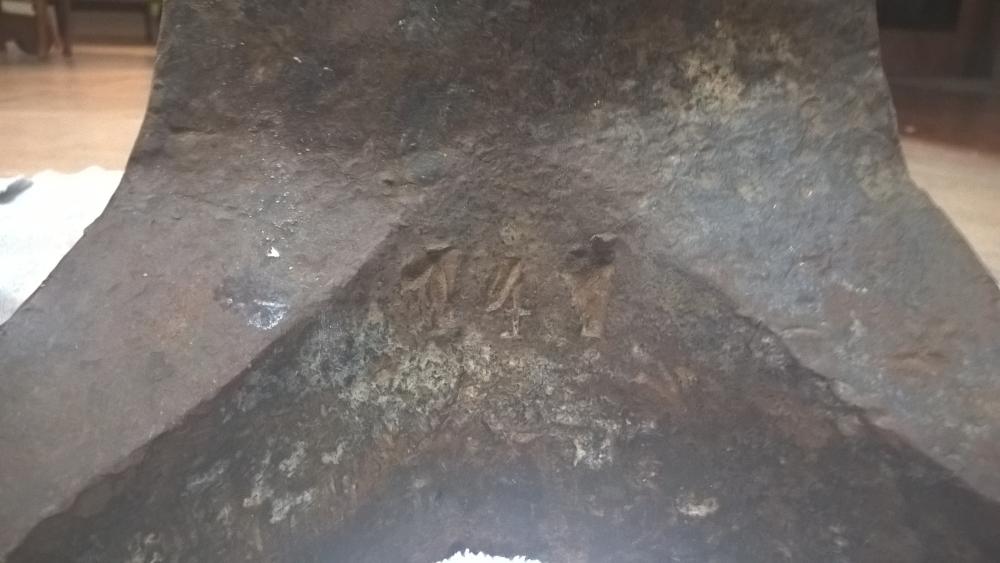
Brick forge durability question
in Gas Forges
Posted
True, but from what I see in reading threads here and other places, they last quite a bit longer. Is that incorrect?